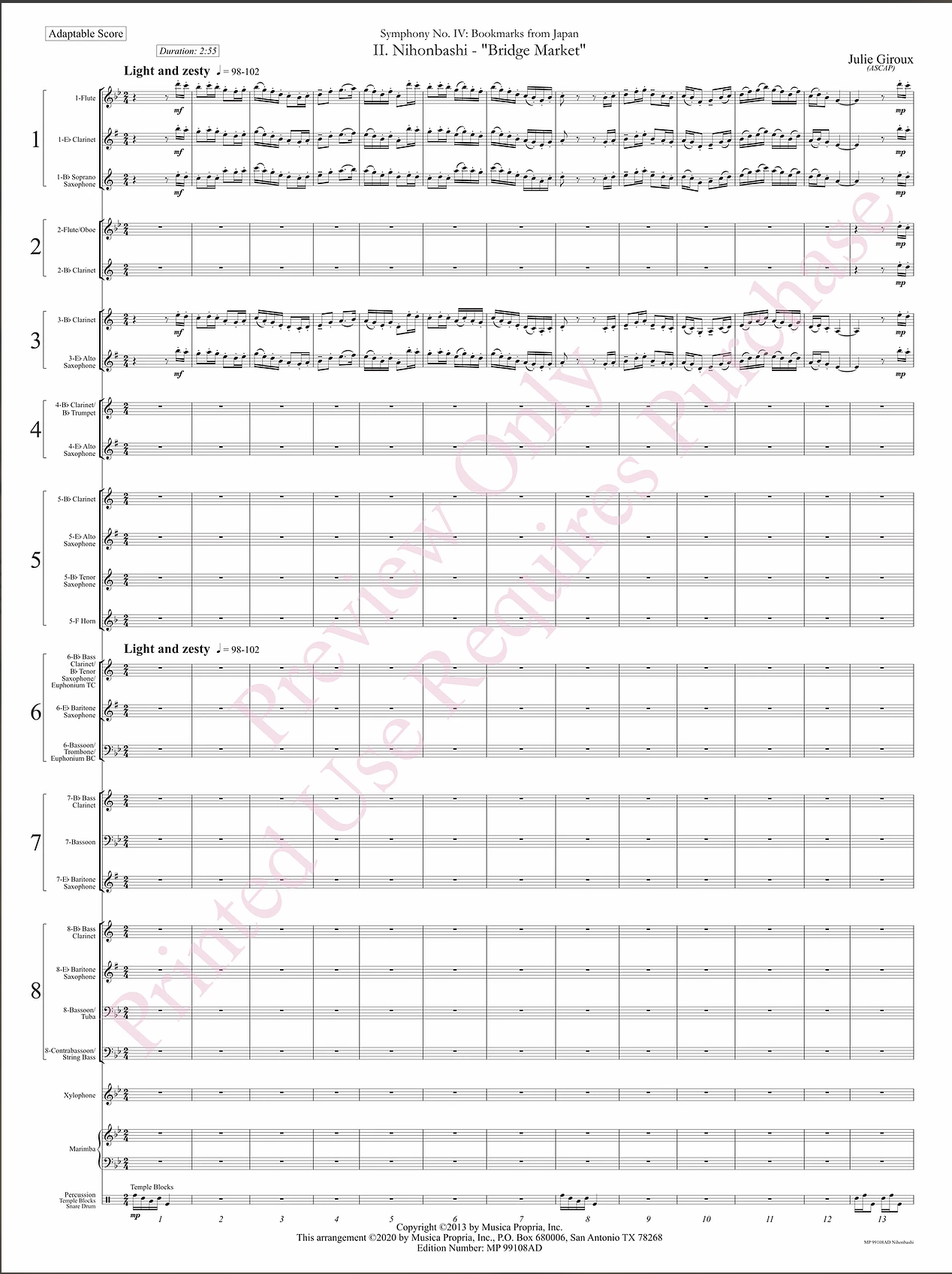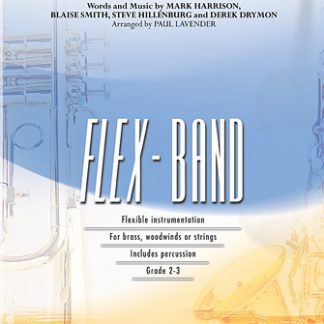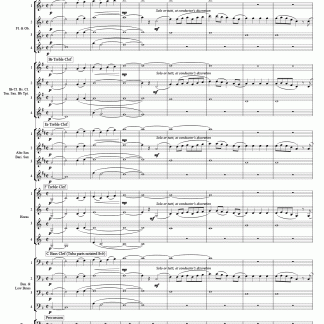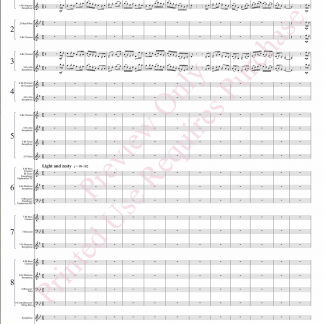Description
Hiroshige Ando (1797-1858) traveled the Tokaido from Edo to Kyoto in 1832. The official party he was traveling with were transporting horses which were gifts to be offered to the imperial court. The journey greatly inspired Hiroshige for he sketched many of its scenes during his round trip travels. In all, Hiroshige produced 55 prints for the series “The Fifty-three Stations of the Tokaido Highway.” Fifty-three of the prints represent each of the 53 post stations along the way. The two additional prints are of the starting and ending points. The post stations offered food, lodging and stables for travelers of the Tokaido Highway. This is Hiroshige’s “Leaving Edo : Nihonbashi”, “the bridge of Japan” and is number 1/55 in the series of prints.
The Nihonbashi bridge was the central point of development of what is now a business district of Chuo, Tokyo, Japan, aptly named the Nihonbashi District. For centuries it thrived as a mercantile district. The first department store ever developed in Japan was by the Mitsui family named Mitsukoshi. From its early days as a fish market to the current financial district of Tokyo (and Japan), this bridge spanning the Nihonbashi River is a true landmark in Tokyo. In fact, highway signs that state the distance to Tokyo actually state the distance to the Nihonbashi bridge.
Up until shortly before 1964, you could see Mount Fuji from the bridge. However, the 1964 Summer Olympics put in a raised expressway over the Nihonbashi bridge, obscuring the view of Mount Fuji entirely. Petitions to relocate the expressway underground in order to regain view of Mount Fuji are continuous but so far have been futile due to the costs for such a project.





